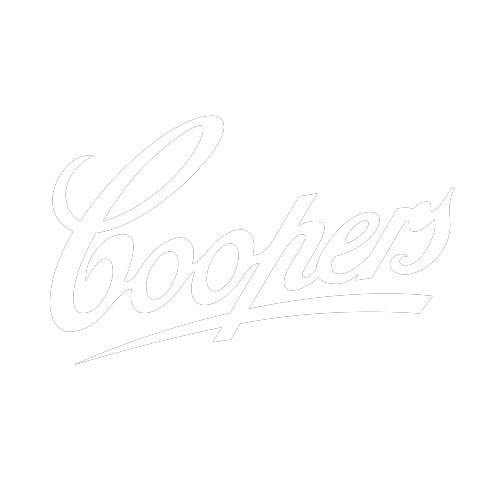Cao Fei
Utopia
2 May–27 June 20092 May–27 Jun 2009
Second Life is a lab, a world lab, but it consists in a huge global economic system. It brings us business and democracy, at the same time with feelings and culture. We can’t avoid capitalism’s wave; at the same time, we can’t avoid Communist aspirations in our heart. This world is not only dualistic, we’re inconsistent. Communism is our Utopia, Second Life is our E-topia . . . SL is our mirror, it tells us the truth.—Cao Fei
Cao Fei is one of the key figures in a new generation of Chinese artists too young to have had any real engagement with either the Cultural Revolution or the Tiananmen Square Incident. Her work responds to China’s rapid urbanisation, its giddying pace of social change and economic development.
Cao Fei became famous for her video Cosplayers (2004), which documented a subculture where people dress up in elaborate costumes modeled after those of video-game superheroes, and perform choreographed battles. Their fantasies are played out in the city of Guangzhou and its rural outskirts, where cattle roam. Afterwards, the cosplayers return home to assume their everyday lives: eating dinner, watching TV. Cao Fei followed this work with Whose Utopia (2006), which she filmed in a factory in the Pearl River Delta region, an area that has experienced massive economic growth. The predominantly young factory workers come from around the country, lured by opportunities. Whose Utopia contrasts the harsh reality of their repetitive manual labour with poetic moments they imagine and perform as dancers and musicians.
Since 2007 Cao Fei has been working online in Second Life under the guise of her avatar China Tracy (with her platinum hair and suit of armour). As an on-line platform, Second Life provides a parallel reality which simulates features of the real world: the fourteen-million registered users can purchase real estate, set up businesses, and engage in all manner of virtual interactions. In her ‘documentary’ I.Mirror (2007), Cao Fei provides an introduction to the beauty and excess of Second Life, as well as a depicting a romance between Tracy and an unknown avatar.
Cao Fei has continued to develop work in Second Life. She has built RMB City (2008) on the Second Life Creative Commons island of Kula. Candy-striped smoke stacks suggest continuous industrial production; missiles make unremitting preemptive strikes; ships move goods swiftly in and out of port; a giant shopping cart, filled with skyscrapers and religious monuments, floats in the harbour; and Tiananmen Square has been converted into a swimming pool. Named after Chinese money, RMB City is a perverse view of Beijing—a collusion of communism, socialism, and capitalism. Like Beijing itself, it is constantly under construction.






